Rising Awareness of Sustainability
Sustainability is becoming a focal point in the Fiber Reinforced Concrete Market. As environmental concerns escalate, construction practices are evolving to incorporate eco-friendly materials. Fiber reinforced concrete, which can utilize recycled fibers and reduce the carbon footprint of structures, aligns well with these sustainability goals. The market is witnessing a shift towards materials that not only meet performance standards but also contribute to environmental preservation. Reports suggest that the demand for sustainable construction materials is expected to grow by 8% annually, indicating a robust market potential for fiber reinforced concrete as builders seek to comply with green building standards.
Growth in Infrastructure Development
Infrastructure development is a key driver for the Fiber Reinforced Concrete Market. Governments and private entities are investing heavily in transportation, utilities, and public facilities, which require robust materials. Fiber reinforced concrete is particularly advantageous in these applications due to its ability to enhance structural integrity and longevity. Recent statistics indicate that infrastructure spending is expected to reach trillions of dollars over the next decade, creating substantial opportunities for fiber reinforced concrete suppliers. This growth is likely to be fueled by the increasing focus on sustainable and efficient construction practices, further solidifying the role of fiber reinforced concrete in future projects.
Technological Innovations in Material Science
Technological advancements in material science are significantly influencing the Fiber Reinforced Concrete Market. Innovations such as the development of high-performance fibers and improved mixing techniques are enhancing the properties of fiber reinforced concrete. These advancements lead to better durability, workability, and overall performance of concrete structures. The market is likely to benefit from ongoing research and development efforts aimed at optimizing fiber types and ratios. As a result, the adoption of fiber reinforced concrete is expected to increase, particularly in specialized applications such as precast concrete elements and high-stress environments, where traditional concrete may fall short.
Increasing Demand for Durable Construction Materials
The Fiber Reinforced Concrete Market is experiencing a surge in demand for durable construction materials. This trend is largely driven by the need for structures that can withstand harsh environmental conditions and heavy loads. Fiber reinforced concrete offers enhanced tensile strength and resistance to cracking, making it a preferred choice for infrastructure projects. According to recent data, the construction sector is projected to grow at a rate of 5.5% annually, further propelling the demand for innovative materials like fiber reinforced concrete. As urbanization continues to rise, the need for resilient building solutions becomes increasingly critical, positioning fiber reinforced concrete as a vital component in modern construction practices.
Regulatory Support for Advanced Construction Materials
Regulatory frameworks are increasingly supporting the use of advanced construction materials, including those in the Fiber Reinforced Concrete Market. Governments are implementing standards that encourage the adoption of innovative materials to enhance safety and performance in construction. This regulatory support is likely to drive the market as builders seek compliance with new codes and standards. Furthermore, incentives for using sustainable materials may further boost the adoption of fiber reinforced concrete. As regulations evolve, the market is expected to expand, providing opportunities for manufacturers and suppliers to innovate and meet the growing demand for high-quality construction solutions.


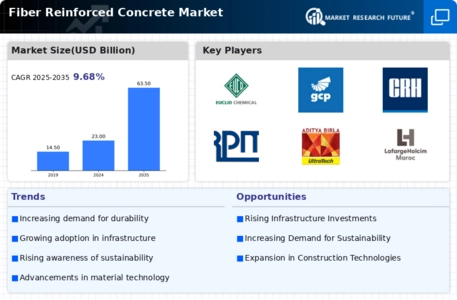
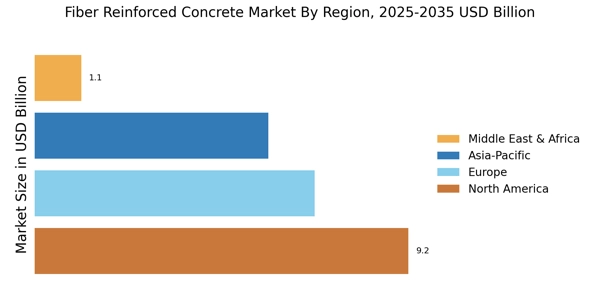

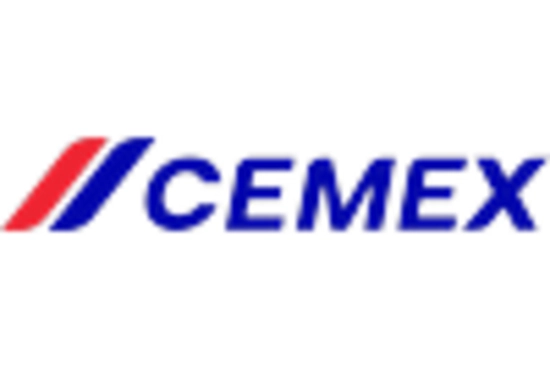
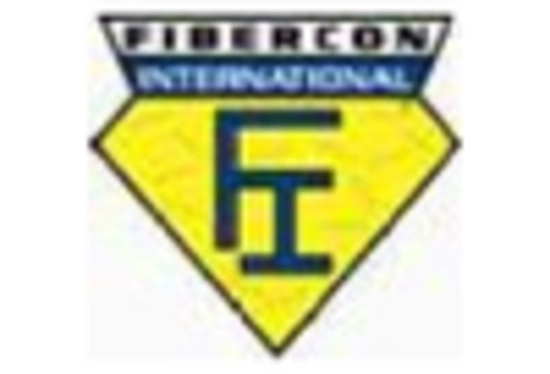
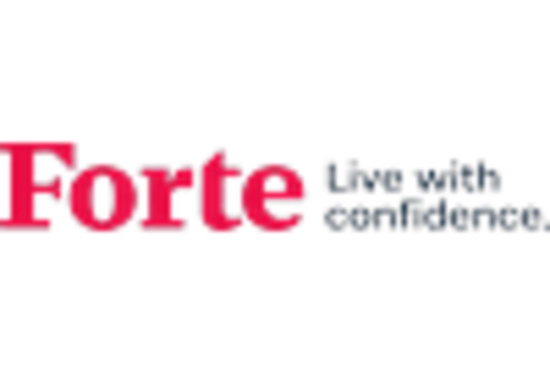
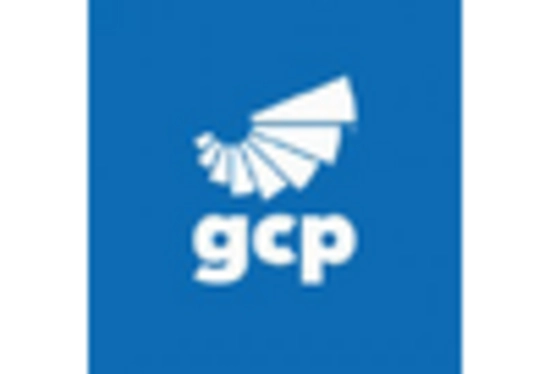
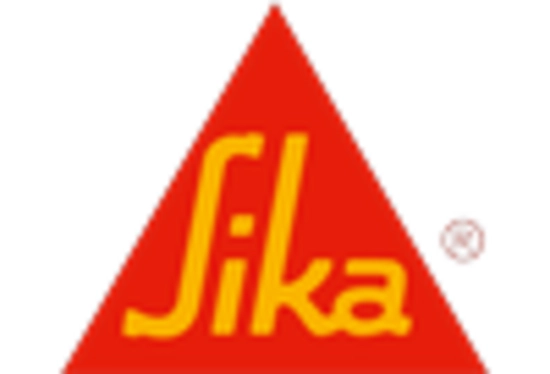








Leave a Comment